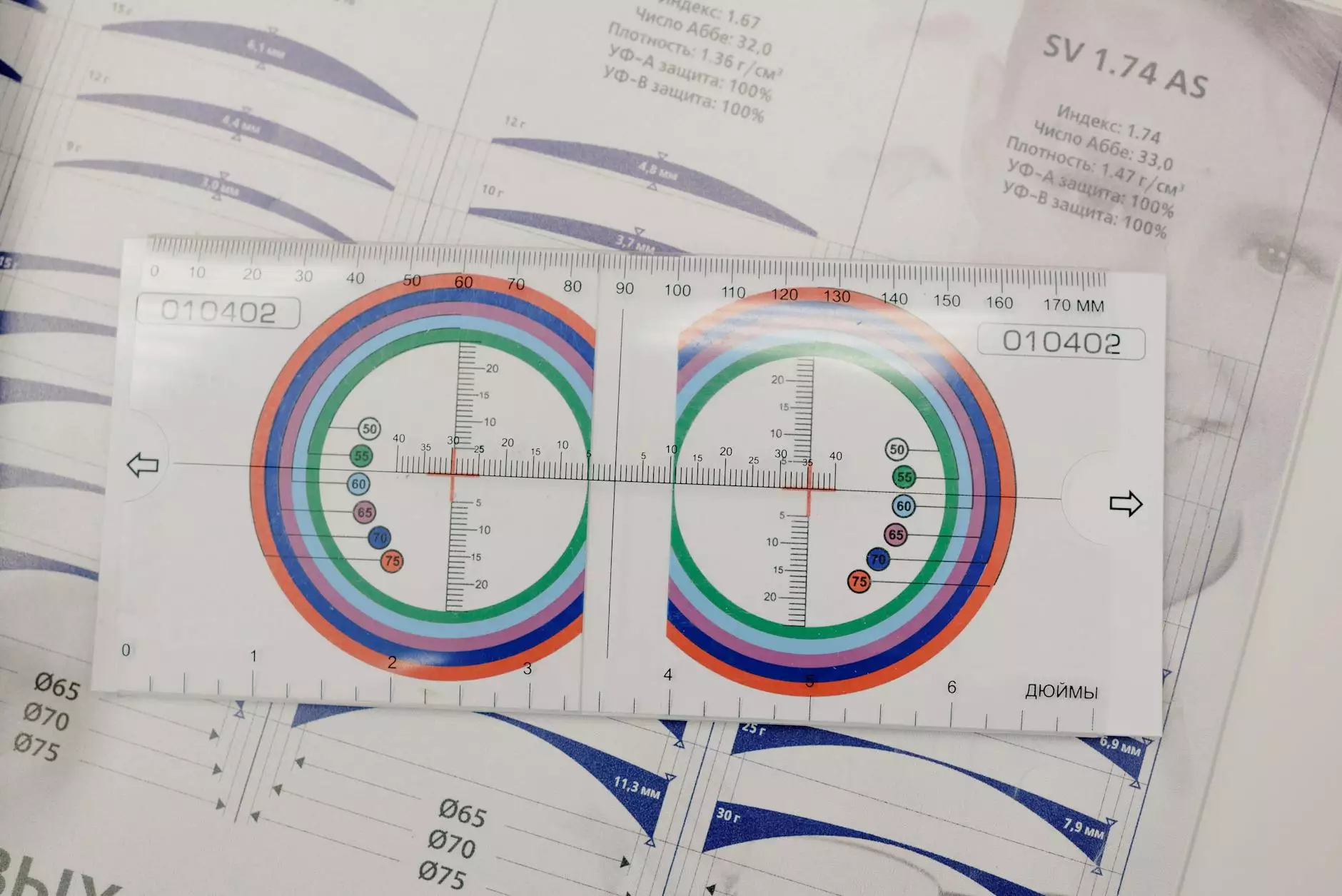How to Detect Blood Clots in Legs

Detecting blood clots in legs is crucial for maintaining good health and avoiding severe complications. A blood clot, known medically as a thrombus, can develop in the deep veins of the legs, a condition referred to as Deep Vein Thrombosis (DVT). Understanding the signs and symptoms, as well as the systemic approach to diagnosing blood clots, is essential for timely intervention.
Understanding Blood Clots
Blood clots are part of your body's natural healing process. However, when they form without an injury, they can cause significant health risks. When we talk about how to detect blood clots in legs, it's important to understand the condition and its potential consequences:
- Deep Vein Thrombosis (DVT): This occurs when a clot forms in the deep veins, most commonly in the legs.
- Pulmonary Embolism (PE): A serious condition that may occur if a DVT clot dislodges and travels to lungs.
Recognizing the Symptoms of Blood Clots
Being able to identify the symptoms of a blood clot is essential. While some individuals may experience no symptoms, others might notice distinct signs. Here are the key symptoms you should look for:
- Swelling: Swelling in one leg or arm, caused by excess fluid accumulation.
- Pain: A cramping pain in the calf or thigh which may feel like a muscle pull.
- Red or discolored skin: The affected area may appear red or have a bluish tint.
- Warmth: The skin over the affected area may feel warmer than the surrounding regions.
- Enlarged veins: Superficial veins may become more prominent and visible.
How to Perform a Self-Assessment
If you suspect a blood clot, it’s essential to perform a self-assessment. Here is a guide on conducting a simple self-evaluation:
- Visual Inspection: Look for swelling, discoloration, or any visible changes in your leg.
- Touch Test: Gently press on the affected area. A clot may cause tenderness.
- Compare Both Legs: Compare symptoms and appearance with the other leg. A noticeable difference could be a sign of DVT.
Medical Diagnostic Methods
If self-assessment indicates a potential blood clot, it is vital to seek medical attention. Healthcare professionals will use several diagnostic measures:
Doppler Ultrasound
This is the most common test for diagnosing DVT. A Doppler ultrasound uses sound waves to create an image of the blood flow in the veins. It can help detect clots and assess blood flow in real-time.
Blood Tests
Doctors may order blood tests to check for a substance called D-dimer. Elevated levels could indicate the presence of a clot, prompting further examination.
CT or MRI Scans
In some cases, imaging tests such as a CT scan or MRI are performed to look for clots in more complex scenarios, particularly if the clot is suspected to be in the lungs (PE).
Importance of Early Detection
Early detection of blood clots can be life-saving. Ignoring symptoms can lead to serious complications, including:
- Pulmonary Embolism: A potentially fatal situation caused by a thrombus moving to the lungs.
- Post-Thrombotic Syndrome: Chronic pain and swelling can occur after a DVT.
- Leg Ulcers: Chronic wounds can develop due to insufficient blood flow following a clot.
Preventative Measures
Preventing blood clots is as crucial as detection. Here are several strategies to reduce the risk:
- Stay Active: Regular physical activity can improve circulation and reduce stagnant blood flow in your veins.
- Adequate Hydration: Drinking plenty of fluids helps maintain blood volume and reduces clotting risks.
- Avoid Prolonged Sitting: Move around every few hours, especially during long travels.
- Compression Stockings: These can help promote blood flow and reduce swelling.
- Healthy Diet: A balanced diet rich in omega-3 fatty acids can help maintain healthy blood viscosity.
When to Seek Medical Attention
If you notice any symptoms listed or have risk factors for DVT, it’s imperative to consult a healthcare provider immediately. Timing is critical, and early intervention can significantly improve outcomes.
Conclusion
Understanding how to detect blood clots in legs can be a valuable skill that potentially saves lives. Being aware of the symptoms, conducting regular self-assessments, and seeking prompt medical attention when necessary are crucial steps in ensuring your vascular health. Remember, maintaining a healthy lifestyle, being proactive, and regularly communicating with your healthcare provider can significantly reduce your risk of developing blood clots. Stay informed and stay healthy!
For more information on vascular health and blood clot prevention, visit trufflesveinspecialists.com.









